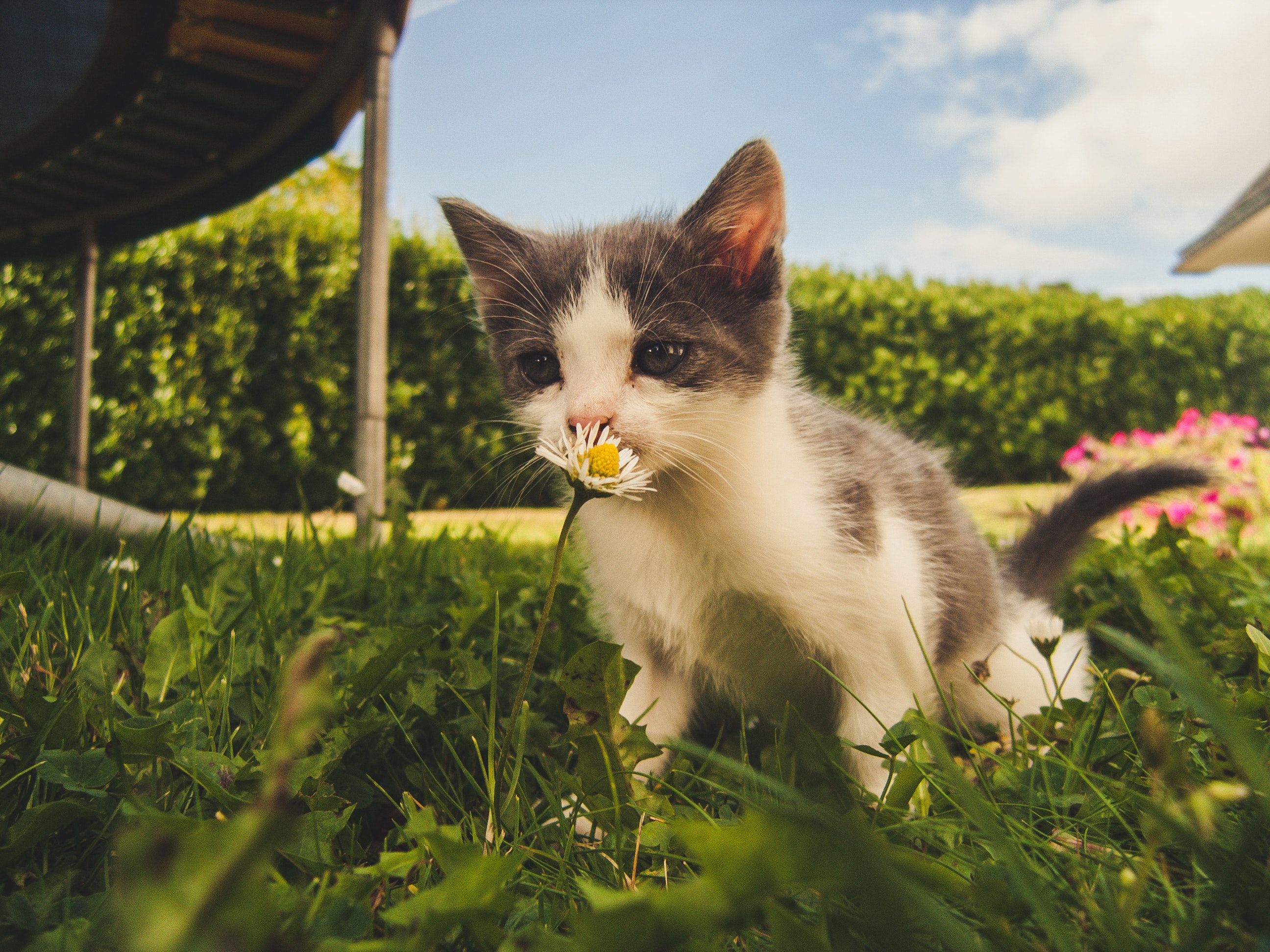How to Make a Garden Safe for Animals

One of the many attractions of a brand new house is the unspoiled plot of land it stands in. It might be turfed and fenced, but this private outdoor space is still a blank canvas, waiting for its new owners to add their own personality and possessions.
If you’re a pet owner, your new garden brings different pressures. Cats and dogs require outside space to be useable and safe, while other animals like rabbits may also need consideration if they’re already part of the family. Fortunately, there are plenty of ways to make gardens safe for animals. Some require additional investment, while others are highly economical; collectively, they’ll improve practicality and give you additional peace of mind…
Fit double-sided locks and bolts on gates
If you’re coming back from walking a muddy dog, the front door may not be the most practical entry point. Yet if your side gate is bolted from the inside, the back door won’t be an option, either. Look for bar handles which lift from both sides, double-sided locks, or smart gates which unlock with an entry code or fob.
Avoid poisonous plants
It’s surprising how many things are poisonous to animals. Dogs could be hurt by anything from spring bulbs and mushrooms to conkers and acorns. Tackle weeds straight away, and stick to non-toxic flowers and plants (cherry and plum trees drop poisonous fruits; lilies may cause liver failure in cats). Never leave spent fireworks or composted food scraps unattended.
Close board fences down to the ground
If you have rabbits, you’ll understand the risk of foxes sneaking under the fence. If you have a cat, you’ll know close-boarded fencing will prevent it from spotting cats in neighbouring gardens. Close-boarding your fence to ground level prevents pets from escaping or seeing other animals, while serving as an impenetrable sneeze barrier against infected visitors.
Add high-level protection against escape
Cats are escapologists, and keeping them in a garden safeguards them against the risks posed by busy roads, construction sites or neighbouring animals. Sheets of hard plastic can be cut to size and attached to timber fences with a nail gun, stopping cats climbing up and over. Other top-of-fence solutions include free-rotating tubes, spiked plastic strips or mesh overhangs.
Eliminate sharp objects
Animals aren’t always able to judge whether something could hurt them, so avoid sharp-edged gravel, thorny bushes and monkey puzzle trees. Tidy up after any DIY activities to avoid timber or metal fragments getting embedded in paws and pads. Never leave exposed nails sticking out of timber, and sand down splintered wood to create smooth surfaces.
Cover unattended bodies of water
It’s tempting to put a splash of antifreeze in water features to prevent them icing up, but it’s highly toxic to many animals. A decorative pond might look lovely, but can you trust your dog to be around it unattended? Cover hot tubs and outdoor plunge pools when not in use, and don’t leave them open and unattended if pets are roaming free.
Keep pets indoors after chemical treatments
Some fertilisers and pesticides are pet-friendly, but many are still poisonous to animals. Even organic fertilisers and old compost can cause seizures or digestive tract blockages in dogs. If you need to apply herbicides to hedges or put down lawn food, keep pets indoors until the next day. Ditto if there’s poisonous bait being used to trap slugs, voles or other garden pests.
Back to Latest Posts




